Latest

New treatment for opioid overdose could also stop withdrawal symptoms
New drug reverses fentanyl overdoses by targeting opioid receptors outside the brain, avoiding withdrawal caused by traditional treatments.
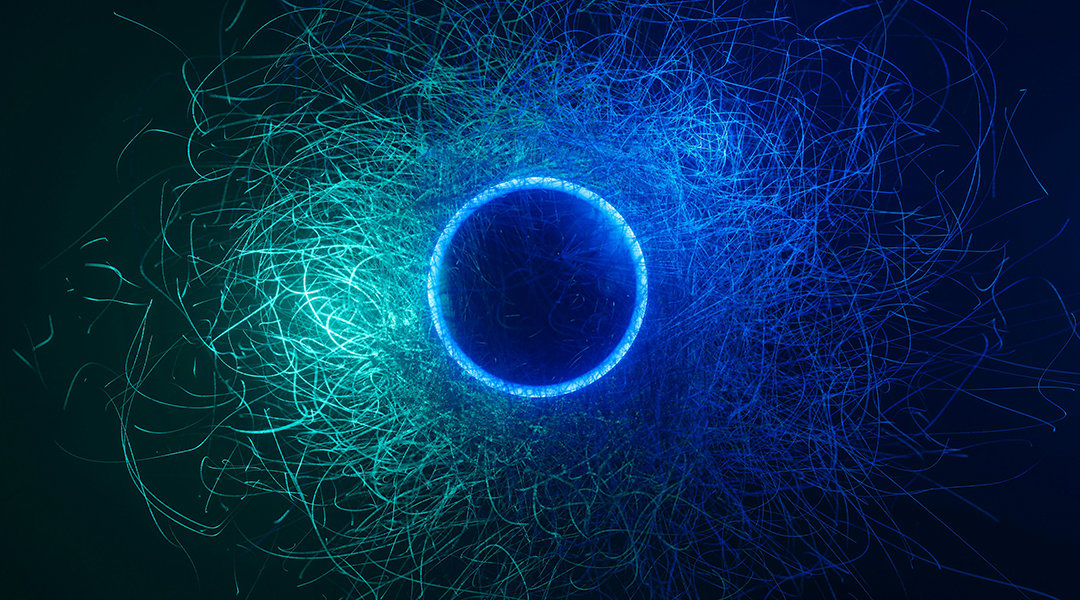
Researchers take a glimpse at the structure of rare tetraquarks
A new study explores tetraquarks, predicts new exotic particles, and offers deeper insights into their complex structure and behavior.
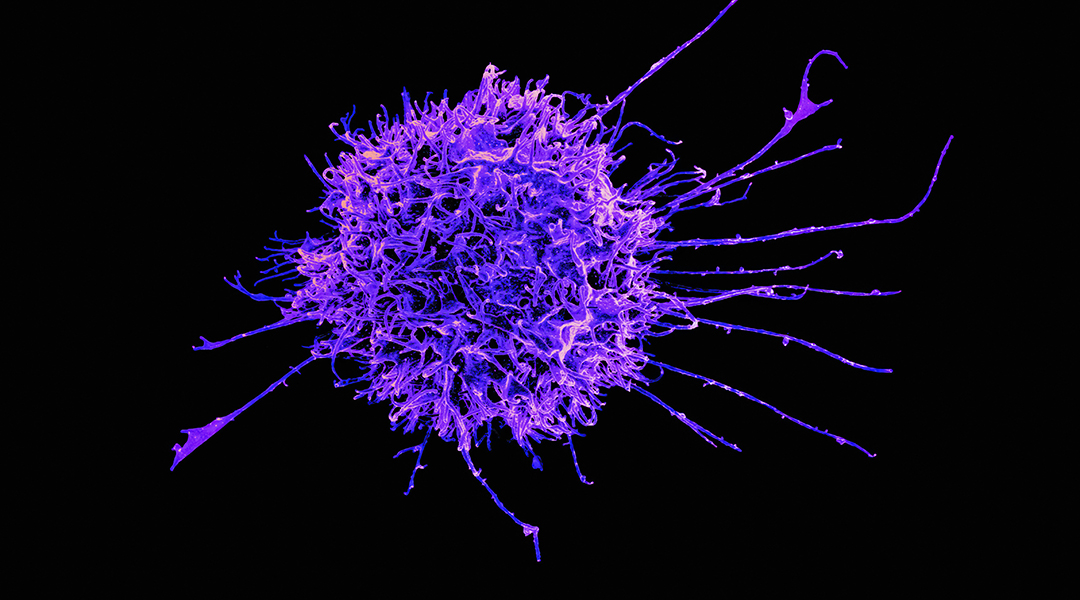
What immune cells eat can determine how well they do their job
A new link between what cells feed on and their gene activity could have huge implications in cancer research and beyond.

CERN scientists search for new physics in unusual energy patterns linked to hidden particles
Researchers at CERN’s Large Hadron Collider explore subtle energy signals to search for new physics beyond the Standard Model.

The surprising link between saliva and stress during pregnancy
Scientists find unique combinations of oral microbes can help identify states of stress in pregnant individuals.
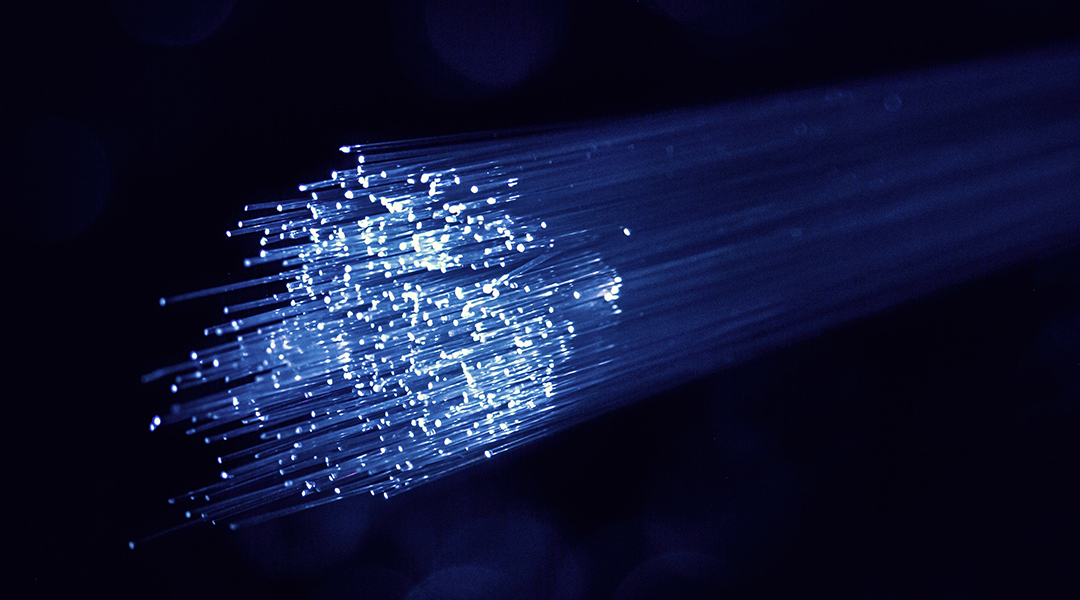
Unbreakable communications using the power of quantum cryptography
Quantum key distribution is the only way to ensure an absolutely secured connection protected by the laws of quantum physics.
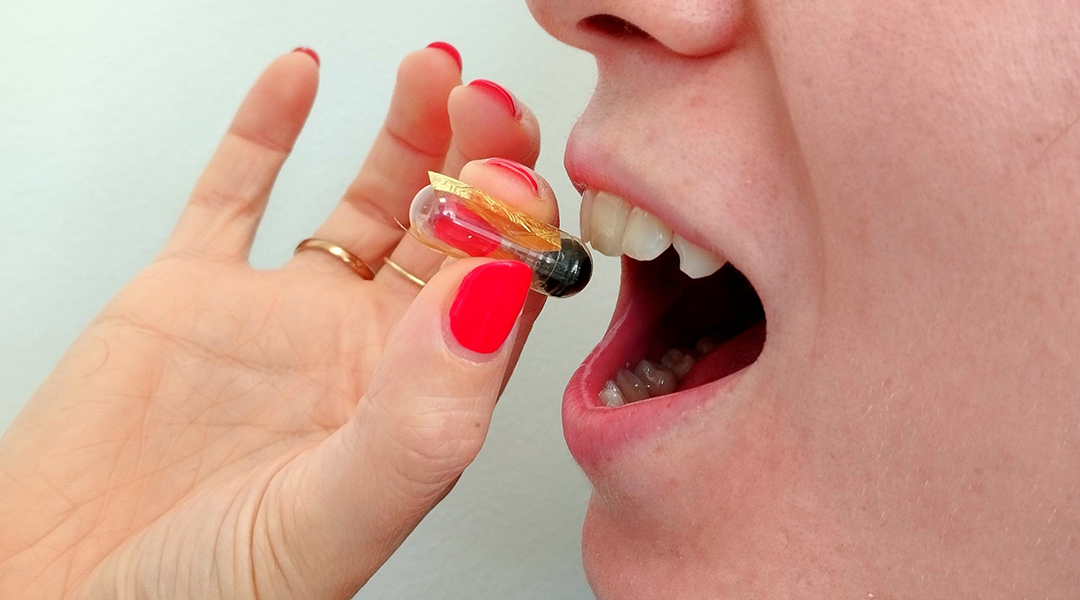
Have your robot and eat it too! How edible robots are reducing electronic waste
A partially edible robot based on a fully edible sensor addresses the burden of electronic waste while simultaneously acting as a nutrition source.

Gentle robots made from brown seaweed to explore fragile marine environments
Biodegradable soft robots made from brown seaweed and hydrogels enable the exploration of fragile environments with minimal environmental impact.

Pulsars and giant black holes open new doors in cosmic archaeology
A 15-year study using observed radio signals from the 67 pulsars has concluded that the entire cosmos is filled with undulating gravitational waves.
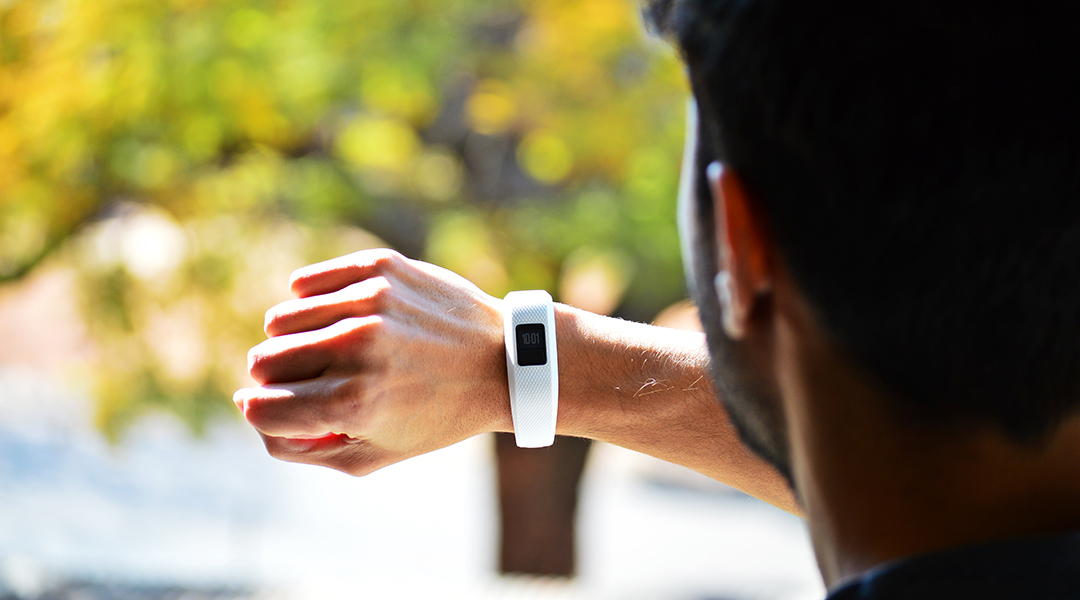
Powering wearable health monitoring devices without batteries
A battery-free wearable device wirelessly monitors health using body heat for continuous power.
ASN Newsletter
Sign up for our newsletter and receive the latest science news directly to your inbox.
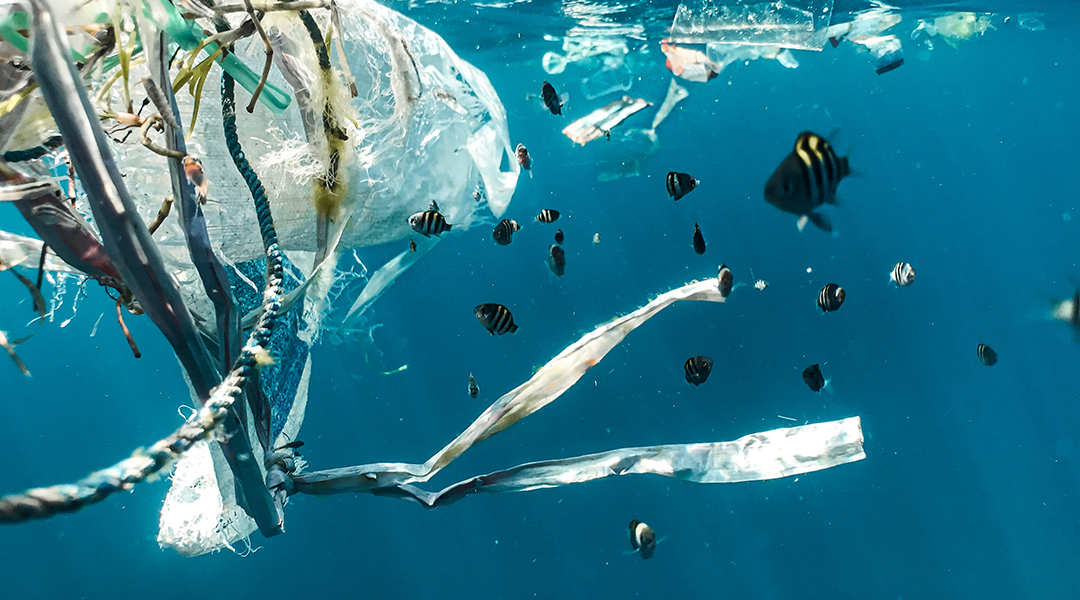
Testing the limits of mechanical plastic recycling
A new study looked at the extent to which plastics can be recycled using mechanical methods, finding good and bad news.

A smart color-changing sensor detects food spoilage in consumer products
Cutting-edge smart packaging uses a color-changing sensor to detect food spoilage, revolutionizing quality control and safety in the food industry.

Study finds a 1% reduction in body weight can attenuate brain aging
Using brain imaging, scientists discover reduced brain aging after just 18 months of healthy diet and exercise.

Dark energy telescope reveals early look at almost two million cosmic objects
Galaxies, quasars, and stars… oh my! Dark Energy Spectroscopic Instrument (DESI) first data is a small fraction of the huge cosmic survey it will conduct.
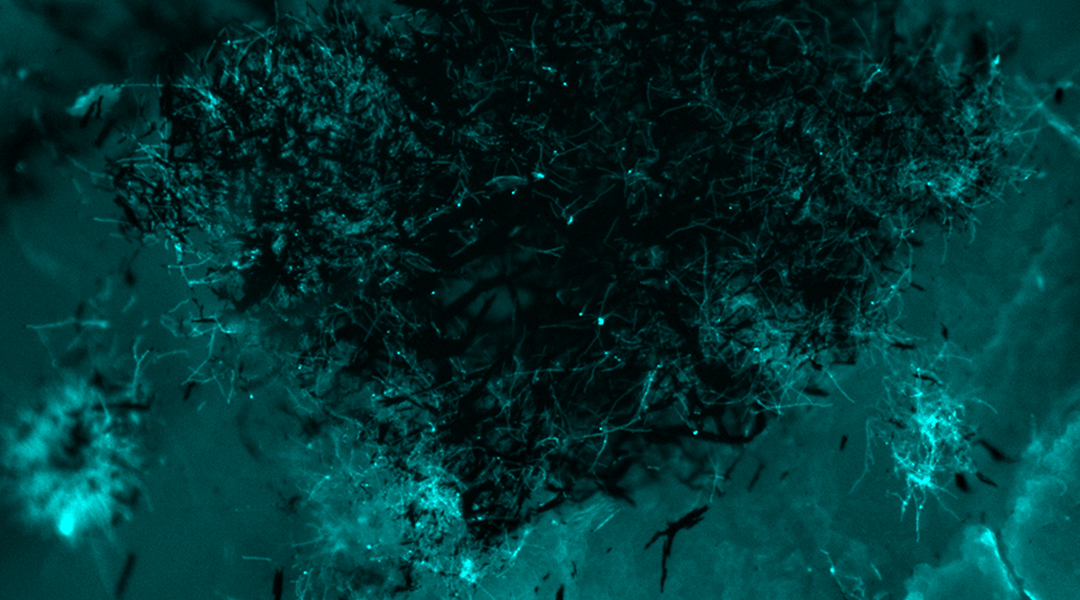
Microrobots kill fungal infections in just ten minutes
To curb the rising threat of fungal infections, researchers crafted iron oxide nanoparticles as speedy, effective, and inexpensive antifungal agents.

Amyloid beta: Bad for the brain, good for the liver
A new study finds that amyloid beta, a culprit in Alzheimer’s disease, is important for maintaining a healthy liver.
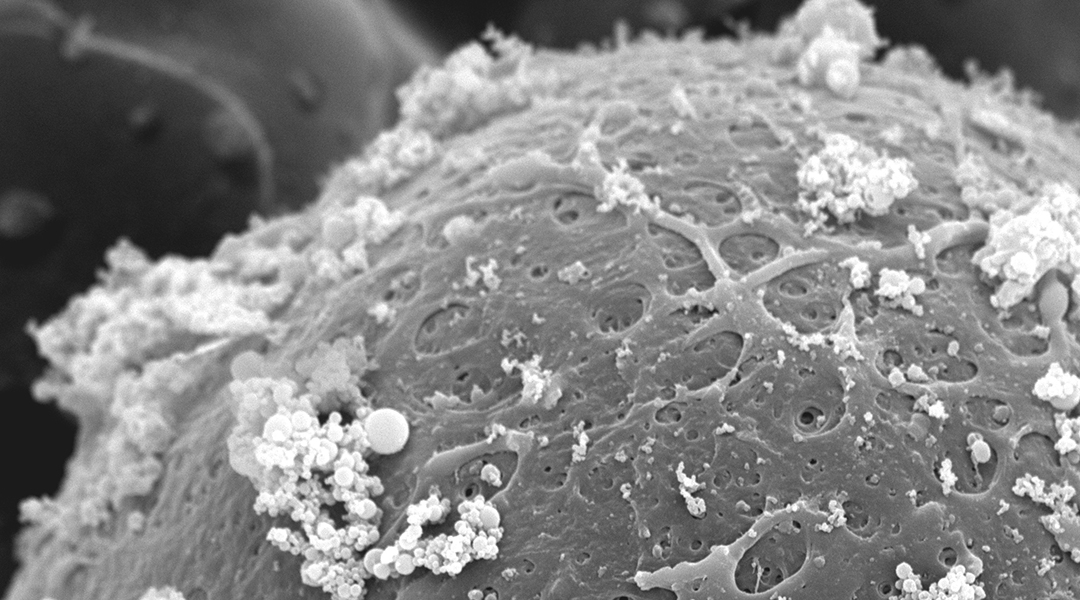
Fertility treatment finds gentler way to handle embryos using magnetic nanoparticles
A unique approach to the remote control of embryos in lab setups could transform what is possible with fertility treatments and IVF.

Certain probiotics could help prevent and manage heart disease
Study finds patients with high risk factors for cardiovascular disease may benefit from preemptive use of specific probiotics.

Scientists uncover a hepatitis C drug’s hidden structures
The active structure of an oral macrocyclic drug has eluded scientists for years despite its widespread clinical use—that is, until now.
Amyloid beta: Bad for the brain, good for the liver
A new study finds that amyloid beta, a culprit in Alzheimer’s disease, is important for maintaining a healthy liver.
Fertility treatment finds gentler way to handle embryos using magnetic nanoparticles
A unique approach to the remote control of embryos in lab setups could transform what is possible with fertility treatments and IVF.
Certain probiotics could help prevent and manage heart disease
Study finds patients with high risk factors for cardiovascular disease may benefit from preemptive use of specific probiotics.
Scientists uncover a hepatitis C drug’s hidden structures
The active structure of an oral macrocyclic drug has eluded scientists for years despite its widespread clinical use—that is, until now.

Where is the boundary to the quantum world?
Exploring the interface between classical and quantum physics and where it breaks down to provide answers for some long-standing mysteries.

James Webb Telescope deepens the mystery of the expansion of the Universe
It’s looking less and less likely that the Hubble tension is a result of observational errors.

Harnessing entanglement and curved spacetime to make quantum radar a reality
Scientists investigate the synergy of entanglement and curved spacetime in advancing quantum radar technology for precise distance measurement.
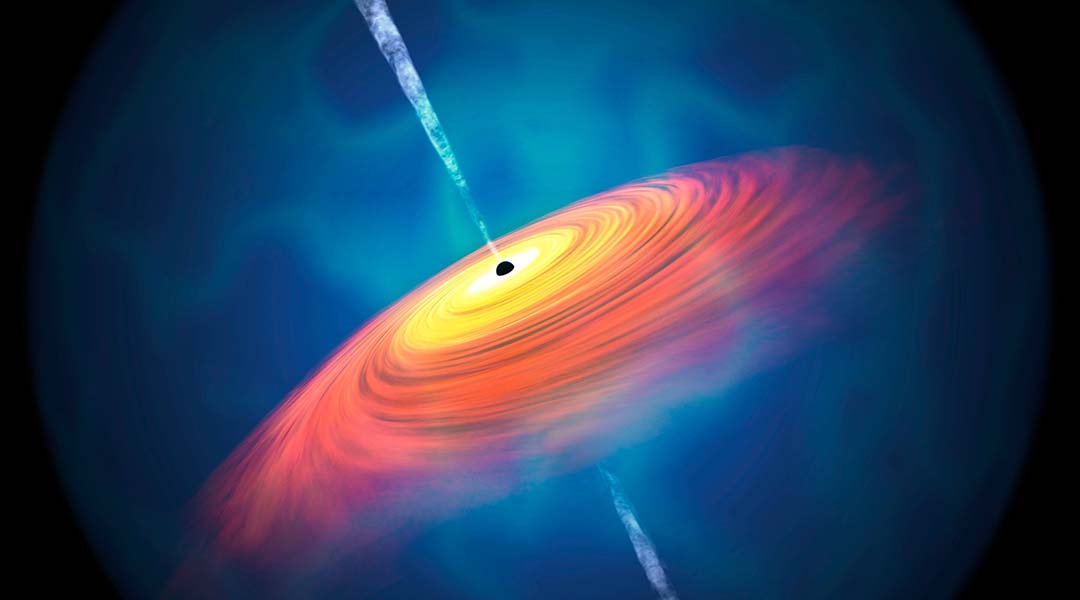
Subaru Telescope shatters limit, observes supermassive black holes in the early Universe
Scientists have only observed supermassive black holes one billion years after the Big Bang, but astrophysicists have now breached this barrier.
Where is the boundary to the quantum world?
Exploring the interface between classical and quantum physics and where it breaks down to provide answers for some long-standing mysteries.
James Webb Telescope deepens the mystery of the expansion of the Universe
It’s looking less and less likely that the Hubble tension is a result of observational errors.
Harnessing entanglement and curved spacetime to make quantum radar a reality
Scientists investigate the synergy of entanglement and curved spacetime in advancing quantum radar technology for precise distance measurement.
Subaru Telescope shatters limit, observes supermassive black holes in the early Universe
Scientists have only observed supermassive black holes one billion years after the Big Bang, but astrophysicists have now breached this barrier.
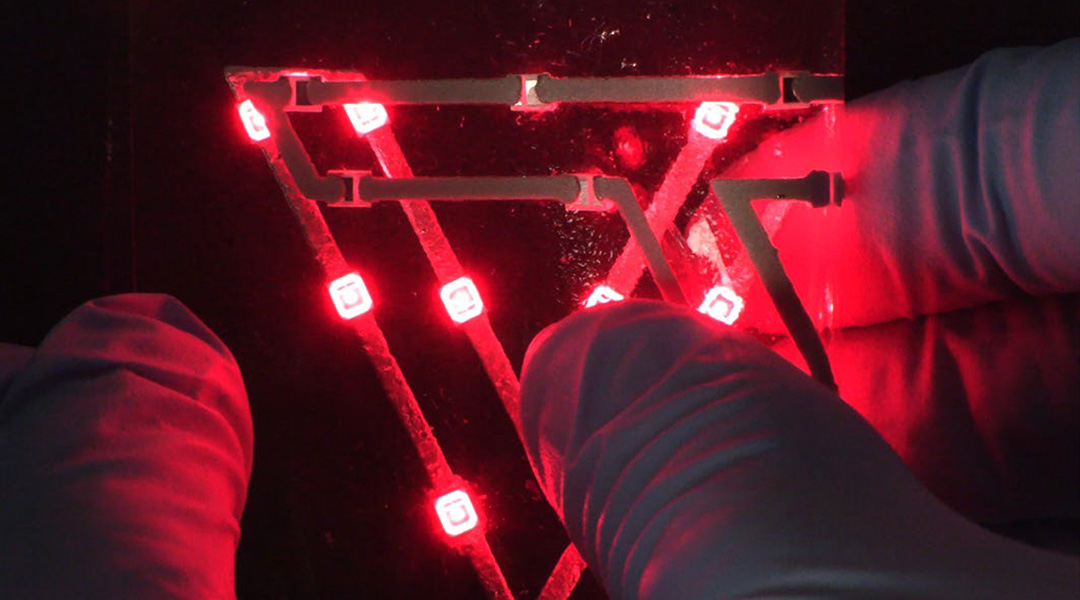
Liquid metal adhesive holds fast for durable, flexible electronics
E-CASE liquid metal adhesive enables flexible connections to make better, tougher flexible electronics for wearables and robotics.

New study reveals surprising impact of screen time on the developing brain
Researchers have found a trade-off with screen time and the cognition, behavior, and brains volume of adolescent and young children.
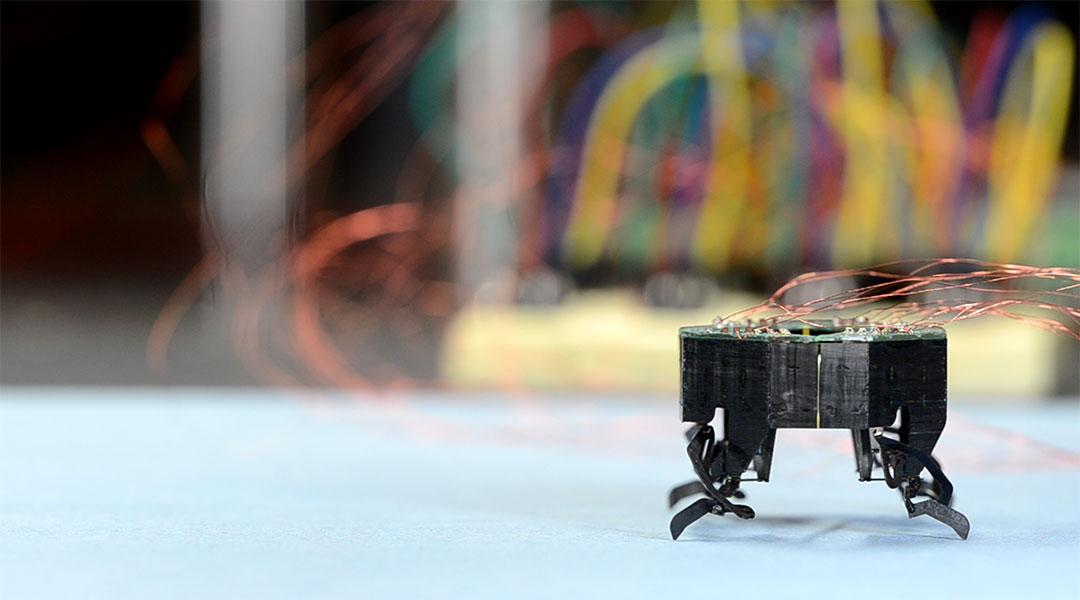
Meet CLARI, the shape-changing origami robot
A miniature, shape-changing robot could have applications in search and rescue, scuttling across tight and cluttered environments like an insect.

Breakthrough in quantum computing with stable room temperature qubits
Scientists achieve groundbreaking room-temperature quantum coherence for 100 nanoseconds, propelling molecular qubits closer to practical quantum computing.
Liquid metal adhesive holds fast for durable, flexible electronics
E-CASE liquid metal adhesive enables flexible connections to make better, tougher flexible electronics for wearables and robotics.
New study reveals surprising impact of screen time on the developing brain
Researchers have found a trade-off with screen time and the cognition, behavior, and brains volume of adolescent and young children.
Meet CLARI, the shape-changing origami robot
A miniature, shape-changing robot could have applications in search and rescue, scuttling across tight and cluttered environments like an insect.
Breakthrough in quantum computing with stable room temperature qubits
Scientists achieve groundbreaking room-temperature quantum coherence for 100 nanoseconds, propelling molecular qubits closer to practical quantum computing.

Are golf courses an alligator’s paradise?
To understand the impacts of golf courses on wildlife, researchers are exploring how these novel habitats are affecting fundamental animal behaviors.
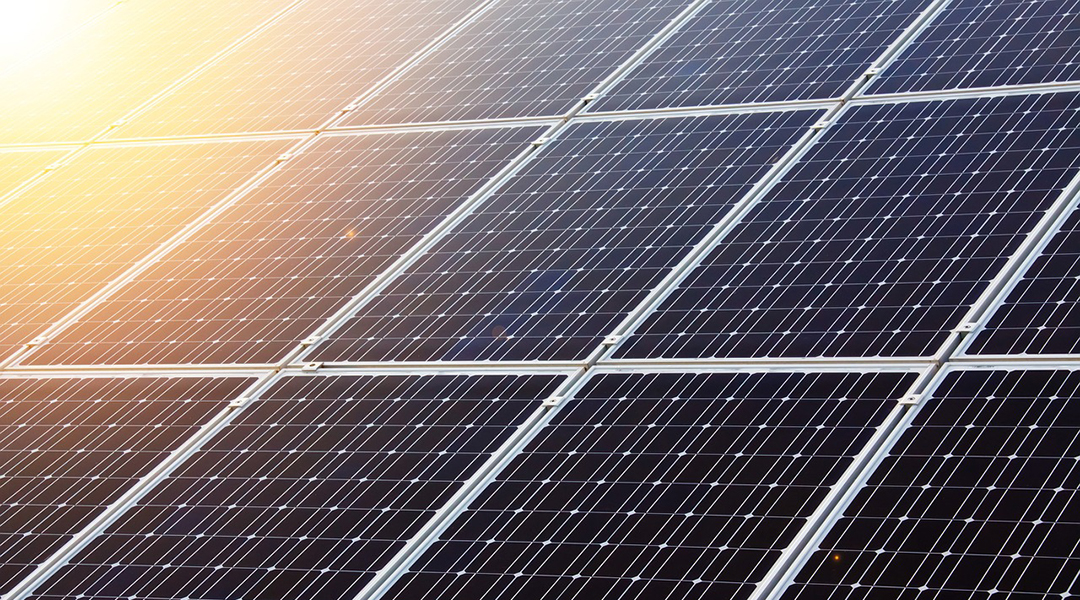
Boosting lateral solar cells
A new design approach and specialized organic material helps improve the efficiency of lateral solar cells, turning energy generation on its side.
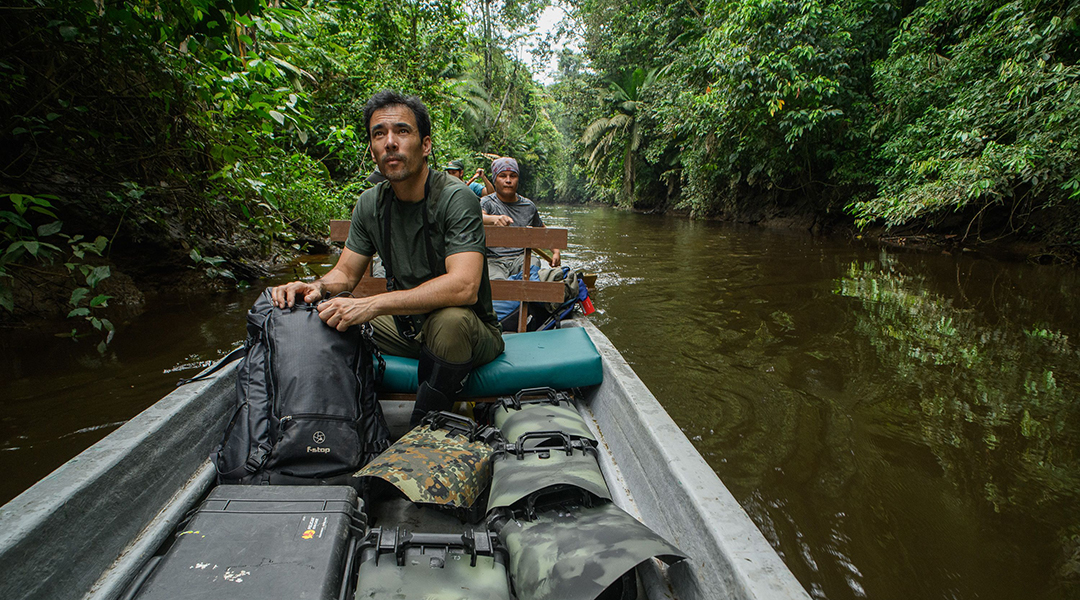
Through the lens of rainforest conservationist and photographer Chien Lee
Not just pretty pictures: Borneo-based wildlife photographer and conservationist Chien Lee has a deeper message.

Ozone pollution disrupts genes controlling circadian rythyms
Study finds air pollution, specifically ozone exposure, has a disruptive affect on the genes responsible for circadian rhythms in the lungs.
Are golf courses an alligator’s paradise?
To understand the impacts of golf courses on wildlife, researchers are exploring how these novel habitats are affecting fundamental animal behaviors.
Boosting lateral solar cells
A new design approach and specialized organic material helps improve the efficiency of lateral solar cells, turning energy generation on its side.
Through the lens of rainforest conservationist and photographer Chien Lee
Not just pretty pictures: Borneo-based wildlife photographer and conservationist Chien Lee has a deeper message.
Ozone pollution disrupts genes controlling circadian rythyms
Study finds air pollution, specifically ozone exposure, has a disruptive affect on the genes responsible for circadian rhythms in the lungs.
No Results Found
The page you requested could not be found. Try refining your search, or use the navigation above to locate the post.
No Results Found
The page you requested could not be found. Try refining your search, or use the navigation above to locate the post.
No Results Found
The page you requested could not be found. Try refining your search, or use the navigation above to locate the post.
No Results Found
The page you requested could not be found. Try refining your search, or use the navigation above to locate the post.







